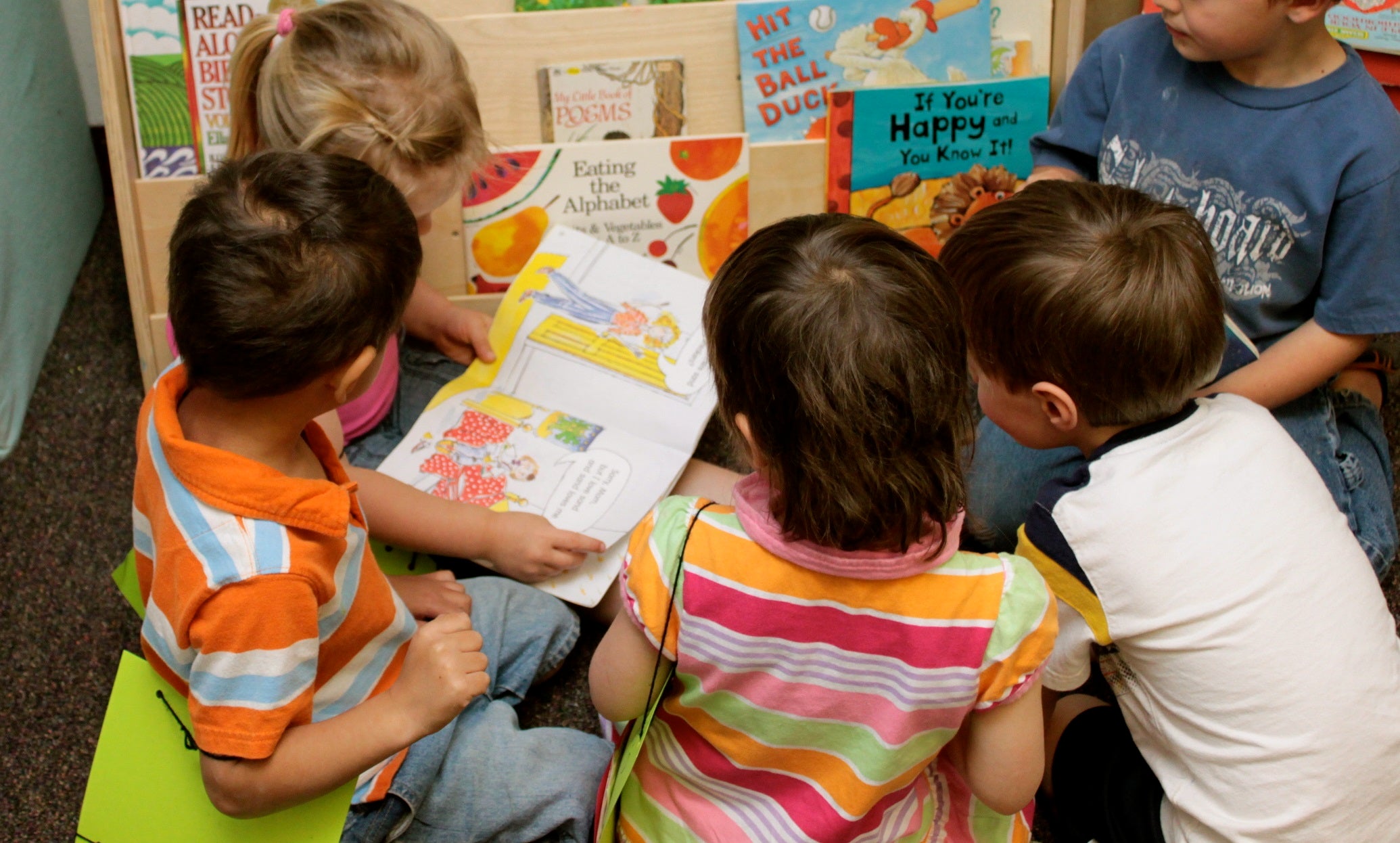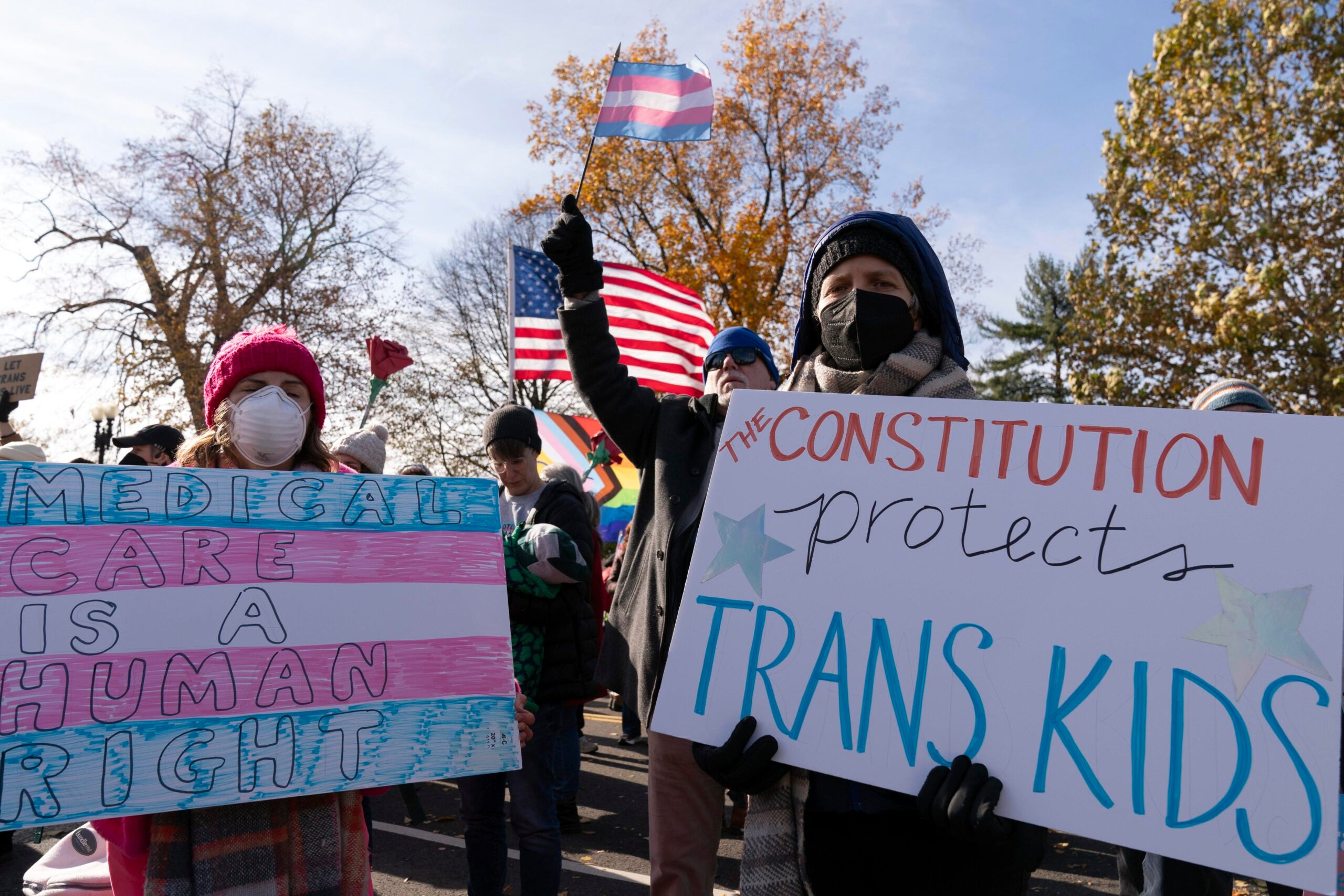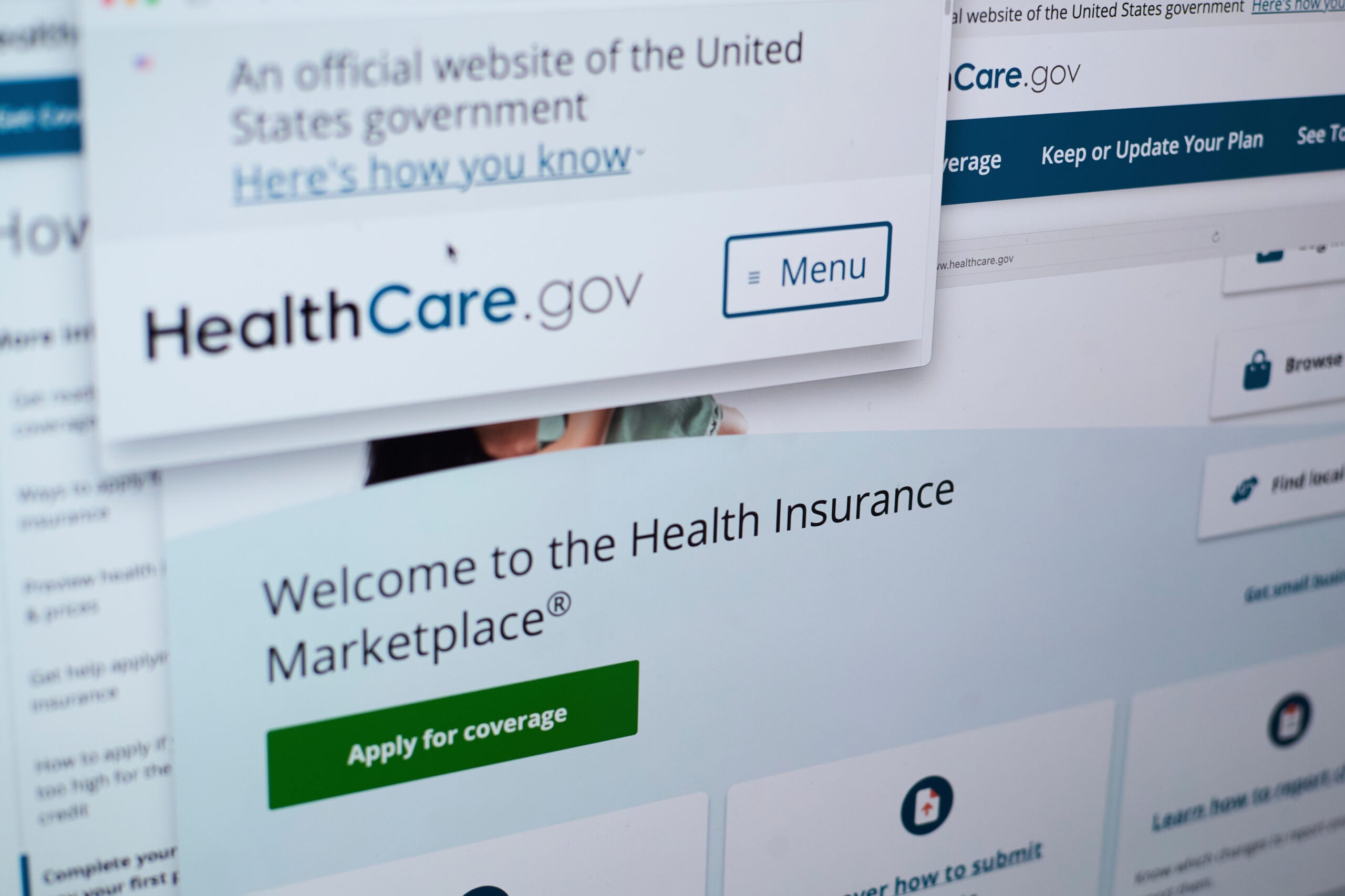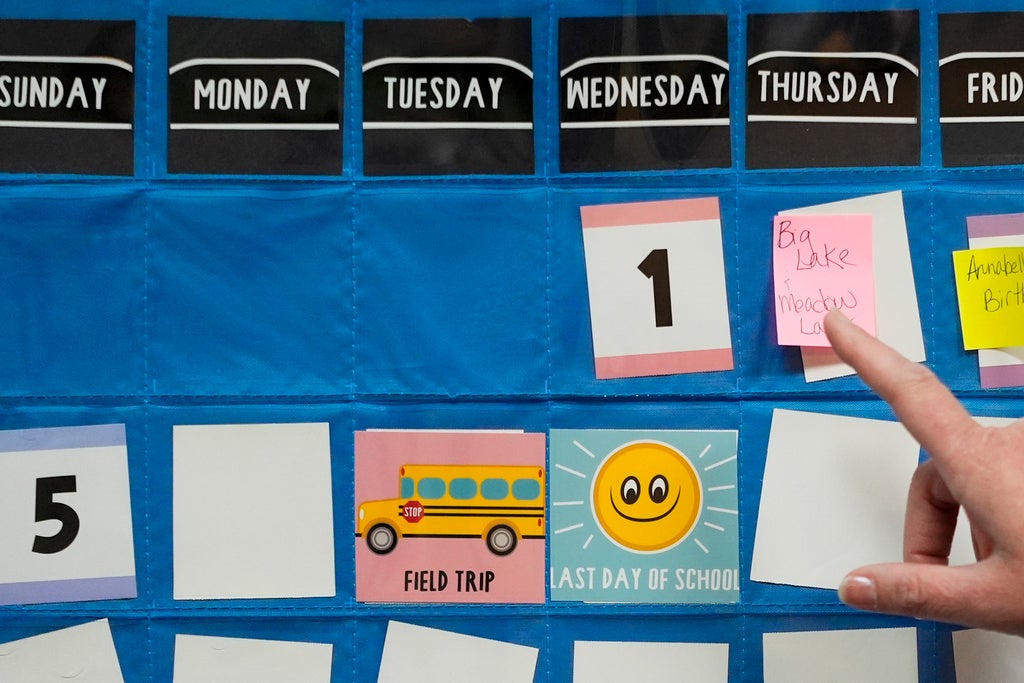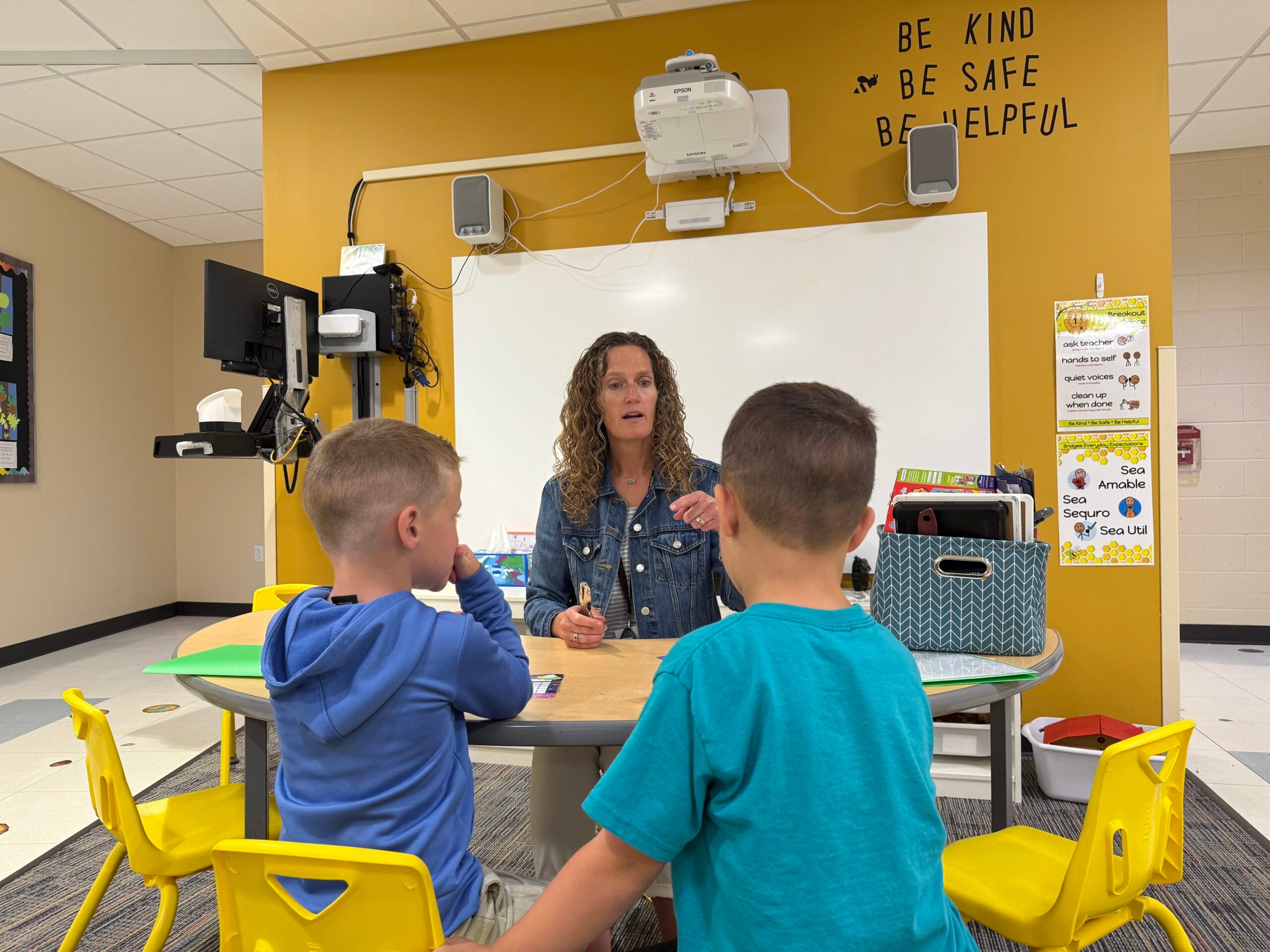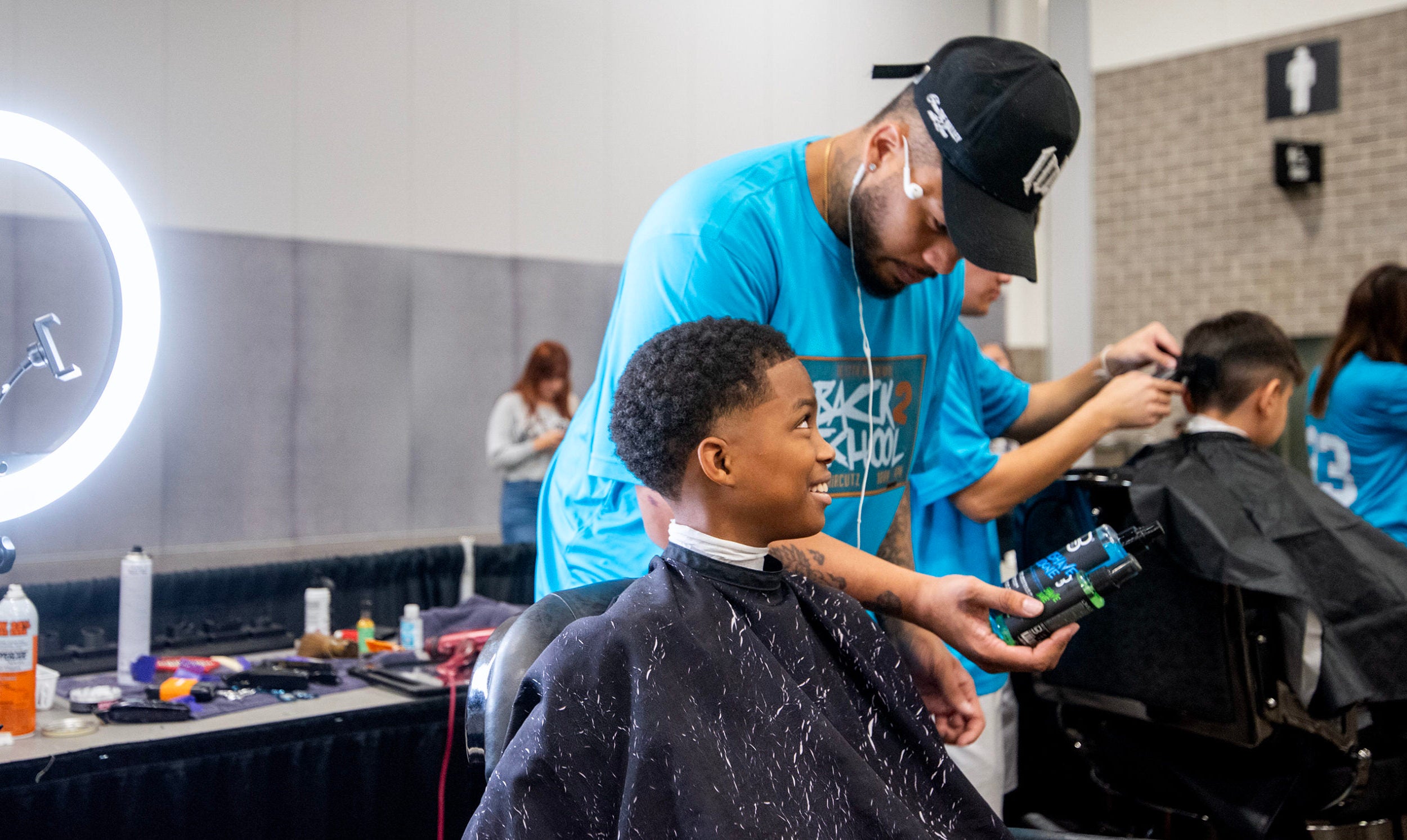Wisconsin schools are closed and Gov. Tony Evers has used state law to ban public and private gatherings of 10 or more people.
But many child care centers are still open, leaving some people to question the administration’s decision as the number of new coronavirus cases continue to rise in Wisconsin.
Through WHYsconsin, WPR has received a lot of questions about why state officials haven’t closed child care facilities and what child care providers can do to keep themselves and the kids safe.
News with a little more humanity
WPR’s “Wisconsin Today” newsletter keeps you connected to the state you love without feeling overwhelmed. No paywall. No agenda. No corporate filter.
On Monday, state Department of Health Services Secretary Andrea Palm, said the need to keep child care centers open outweighed the medical reasoning to close them.
Palm said it’s important to think about who needs child care: health care workers, people who work in nursing homes and people who are handling patients who are suffering from diseases other than COVID-19.
“So the rationale is really a public health need to have an infrastructure in place so the critical workforce can really maintain their jobs,” Palm said. “We have to have an infrastructure of people who supports essential personnel to keep our workforce moving forward.”
Evers said without child care centers, it would be “extraordinarily difficult to maintain any kind of equilibrium in the state.”
Following the announcement that Wisconsin schools would be closed, Marshfield Clinic Health System sent out an email to community members asking people if they could assist employees in finding child care.
“If you or someone you know has the ability to watch the child of a local health care provider, please consider helping out so that those workers can continue to work and address the health care needs that we are likely to face in the coming days, weeks, and months ahead,” the March 15 email said.
Kelly Borchardt, executive director of Childcaring Inc., said many child care providers are staying open right now, including most of the state’s YMCA’s, which have closed their gym facilities but are providing emergency child care. Boarchardt said many of the state’s smallest child care providers are also keeping their doors open, because they are more easily able to abide by the “fewer than 10” recommendations for social distancing.
Childcaring Inc. is one of nine referral organizations in the state that helps parents find child care. The Mosinee-based organization serves 10 counties in central Wisconsin.
“I think right now, it seems like many groups are choosing to be open until there are confirmed cases,” Borchardt said. “I think they are worried, I think they are very concerned about being in a place where children are allowed to congregate.”
But Borchardt said child care providers are also upset.
“How is it that the state chooses to close schools and not childcare? It is groups of children coming together,” Borchardt said. “I think child care providers are thinking that younger children are being put at risk versus older children.”
Borchard said she’s worried about the child care providers, but also for the families who can’t afford to work and don’t have alternate arrangements.
Over the weekend, the state Department of Children and Families issued new guidance to child care programs making exceptions to most child care rules to accommodate the needs of families during this time.
DCF has requested waivers to provide families with emergency Wisconsin Shares child care subsidy eligibility determination. They have also provided child care authorizations to expedite payment directly to child care programs for a portion of the cost.
Families who do not currently receive Wisconsin Shares assistance can request it during this emergency period by applying online.
Parents can select any regulated child care program.
For parents whose kids remain in day care, medical professionals are recommending strict rules for helping control the spread of the disease.
“If they have to go to day care right now, what we’re encouraging is when they come home, hand-washing right away, take their clothes off, wash their clothes, put the kids in the tub right away,” said Dr. Sarah Sewall, a pathologist with Associates of Pathology in Wausau. “We know how kids like to interact with their parents and their families — a lot of skin-to-skin contact, touching on people’s faces. We can try to mitigate that right when they’re coming in the door.”
The virus can survive on soft surfaces such as clothing as well as on hard surfaces, meaning it’s important to change and wash clothes upon returning, Sewall said.
Working With Your Children
With Wisconsin schools closed for at least three more weeks and many parents working from home, New Jersey-based workplace strategist Cali Yost has some tips for parents who are working side-by-side with their children.
- It’s not realistic to think we can maintain pre-coronavirus levels of productivity right now. Yost says, keep repeating, “some productivity is better than no productivity.”
- Effective remote working usually requires a separate workspace with limited disruptions from children, pets and partners. That is an unrealistic and unnecessary expectation during this period when employees and kids were sent home to remote work and learn with little time to plan.
- In two-parent households, stagger start and stop times to coordinate care with partners.
- Hire college students to help. But, follow CDC guidelines regarding social distancing.
Editor’s note: WPR’s Rob Mentzer contributed to this report.
Wisconsin Public Radio, © Copyright 2025, Board of Regents of the University of Wisconsin System and Wisconsin Educational Communications Board.

